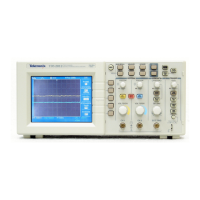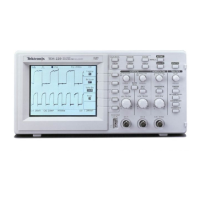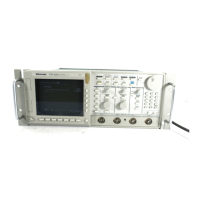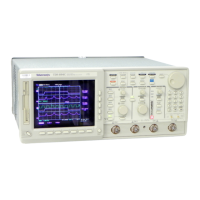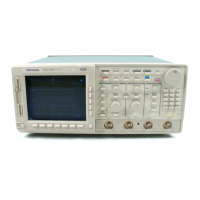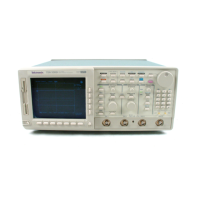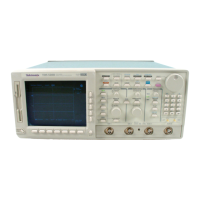Basic Concepts
16
TDS 200-Series Digital Oscilloscope User Manual
However, this mode does not acquire rapid variations in the analog
signal that may occur between samples. This can result in aliasing
(described on page 18) and may cause narrow pulses to be missed. In
these cases, you should use the Peak Detect mode to acquire data.
Peak Detect. In this acquisition mode, the oscilloscope finds the
highest and lowest values of the input signal over a sample interval
and uses these values to display the waveform. In this way, the
oscilloscope can acquire and display narrow pulses, which may have
otherwise been missed in Sample mode. Noise will appear to be
higher in this mode.
Average. In this acquisition mode, the oscilloscope acquires several
waveforms, averages them, and displays the resulting waveform. You
can use this mode to reduce random noise.
Time Base
The oscilloscope digitizes waveforms by acquiring the value of an
input signal at discrete points. The time base allows you to control
how often the values are digitized.
To adjust the time base to a horizontal scale that suits your purpose,
use the SEC/DIV knob.
Scaling and Positioning Waveforms
You can change the display of waveforms by adjusting their scale
and position. When you change the scale, the waveform display will
increase or decrease in size. When you change the position, the
waveform will move up, down, right, or left.

